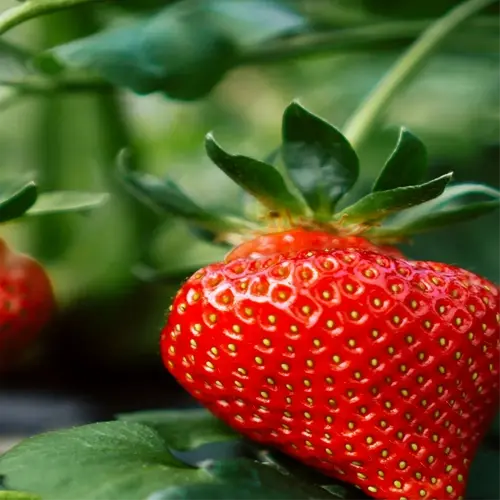Can tea plants thrive in home gardens?

Written by
Liu Xiaohui
Reviewed by
Prof. Samuel Fitzgerald, Ph.D.Camellia sinensis flourishes in residential growing spaces given some thoughtful maintenance. I've grown tea bushes in home gardens from balconies in New York to backyards in Georgia. The journey toward success begins with acid soil with a pH between 4.5 and 6. Home soil test kits cost less than the morning cup of gourmet coffee. I have found that container gardening is a brilliant option. You can use 15-gallon pots (with drainage holes) and ericaceous compost. If you live in a location with a USDA zone of 8 or below, covering the soil with burlap or mulch will help prevent frost heave.
Climate Adaptation
- USDA Zones 7-10 ideal for outdoor growth
- Tolerates temps down to 10°F (-12°C) with protection
- Morning sun with afternoon shade prevents leaf scorch
Soil Preparation
- Mix 50% peat moss + 30% perlite + 20% pine bark
- Apply iron sulfate quarterly to maintain acidity
- Raised beds prevent waterlogging in clay soils
Pest Management
- Neem oil spray deters aphids every 14 days
- Companion plant with chrysanthemums for natural pesticides
- Yellow sticky traps monitor whitefly populations
Harvesting requires great care, you want to pick the two uppermost leaves and the bud when there is moisture in the air, primarily in the morning. My first time, I harvested in the afternoon, and my tea came out so bitter from the big leaves. I now set a phone reminder to inspect the plants weekly. You can process the tea into your preference: you could simply air-dry the leaves, or use complex oxidation methods to mimic commercial quality.
Regional adaptations enhance success. Coastal growers use seaweed mulch to improve salt tolerance; likewise, in hot, arid climates, I use ollas (clay watering pots) so that moist soil is a steady source of moisture. Chicago gardeners to deal with polar vortex conditions bury pots into insulated straw bales to minimize the effects of the cold weather. Your microclimate will determine different approaches.
The three-year growing process tests even the most patient gardener but the payoff for that patience rewards itself when there is some persistence over that time. In year four, my Zone 7b plants produced 6oz of dry leaves. It is important to document growth patterns (healthy plants can grow 12-18" of leaf) and peel the cuttings from neighbors or local gardening clubs to propagate rare cultivars.
Read the full article: How to Grow Tea at Home Successfully

